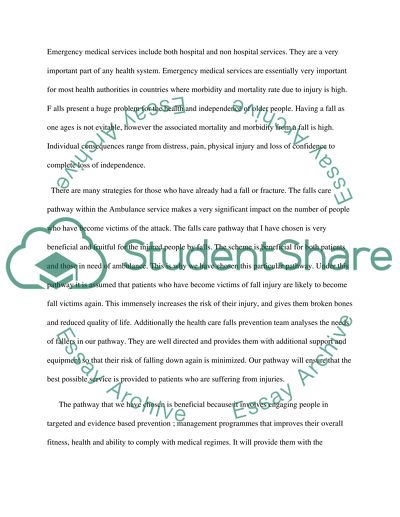Cite this document
(“The falls care pathway within the Ambulance service Essay”, n.d.)
Retrieved from https://studentshare.org/environmental-studies/1404930-the-falls-care-pathway-within-the-ambulance
Retrieved from https://studentshare.org/environmental-studies/1404930-the-falls-care-pathway-within-the-ambulance
(The Falls Care Pathway Within the Ambulance Service Essay)
https://studentshare.org/environmental-studies/1404930-the-falls-care-pathway-within-the-ambulance.
https://studentshare.org/environmental-studies/1404930-the-falls-care-pathway-within-the-ambulance.
“The Falls Care Pathway Within the Ambulance Service Essay”, n.d. https://studentshare.org/environmental-studies/1404930-the-falls-care-pathway-within-the-ambulance.


